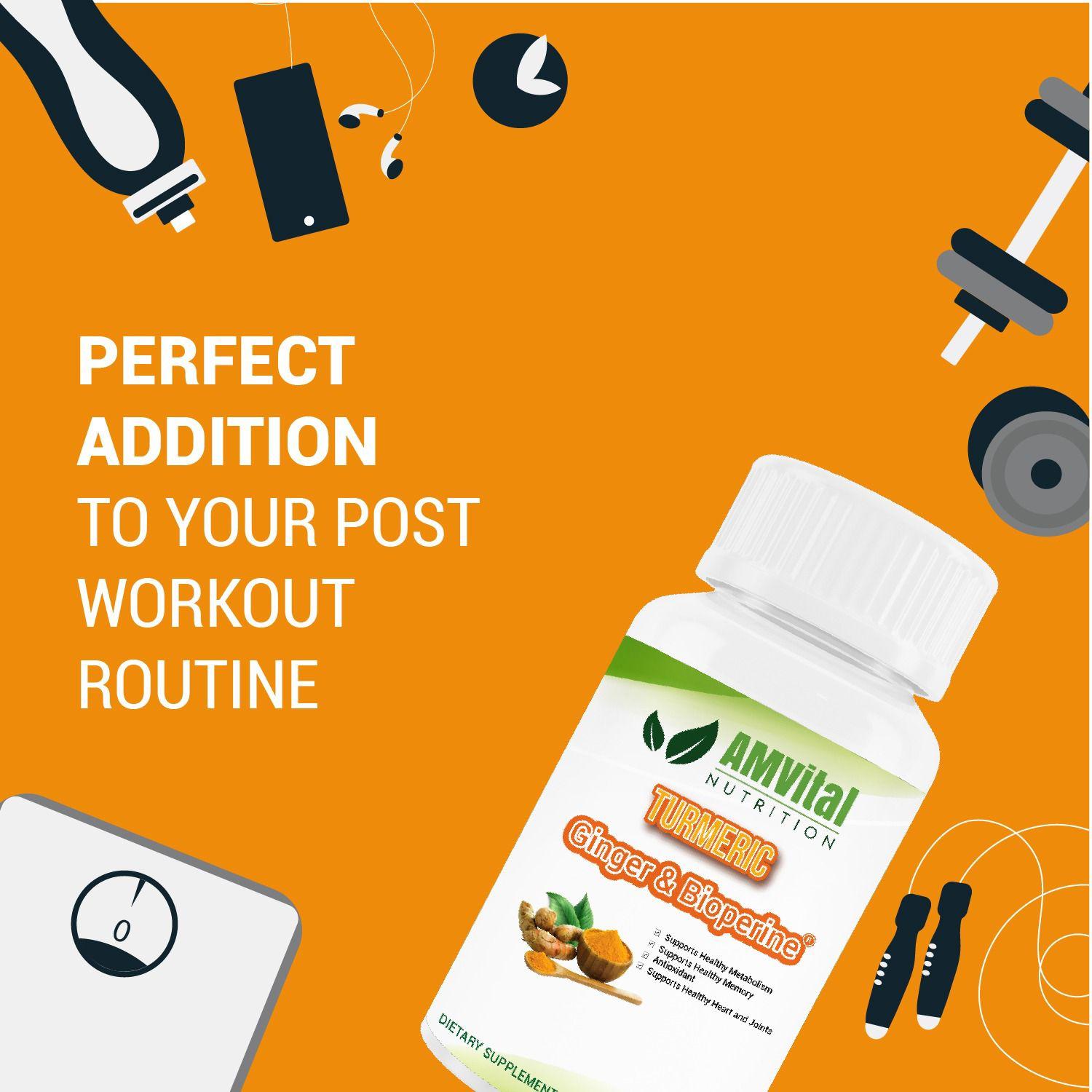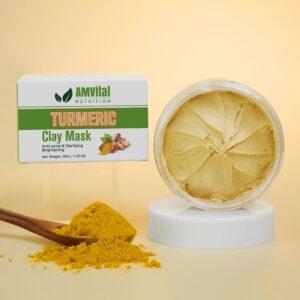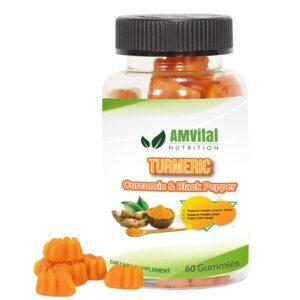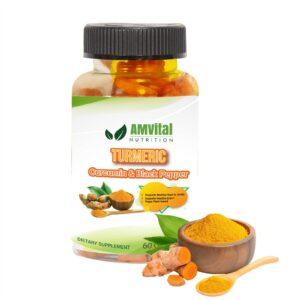Introduction
Turmeric has been used for thousands of years as a spice, food preservative and medicinal plant. Turmeric has been shown to have anti-inflammatory effects, antioxidant effects and also helps prevent cancer. It can be used as an aid to detoxify the liver and even help with drug interactions.
Top Benefits of Turmeric.
Turmeric has been used in many cultures for centuries. As a food, turmeric is often used as a spice in curries and other Indian dishes when cooking. Turmeric has also been used medicinally for thousands of years. The active ingredient in turmeric is curcumin, which gives the spice its bright orange color and antioxidant properties that help the body fight off infections and diseases.
- Benefits of consuming turmeric:
- Prevents cancer cell growth
- Protects against heart disease
- Promotes healthy digestion and intestinal function
Turmeric is an age old herb, native to South India and Indonesia
Turmeric is an age old herb, native to South India and Indonesia. It’s a member of the ginger family, although it has a much more pungent flavor than the commonly known spice. Turmeric has been used for thousands of years in Indian cooking and is often referred to as a staple ingredient there.
Turmeric’s active ingredient is curcuminoids
Curcumin is the active ingredient in turmeric, which is known for its deep yellow color.
Curcuminoids are a group of compounds found in turmeric that include curcumin and some other related chemicals. Curcuminoids are not easily absorbed by the body.
Anti-Inflammatory Activity
Inflammation is a natural response to injury or infection. When you cut your finger, for example, white blood cells rush to the area and begin producing chemicals that cause swelling and redness. This helps prevent infection while also aiding in the healing process.
Inflammation can be triggered by many things, including viruses and bacteria, allergies, injuries (like cuts or bruises), etc. Inflammation can cause pain and swelling as well as other symptoms like fever or fatigue
Antioxidant Activity.
Antioxidants are substances that protect cells from damage caused by free radicals. Free radicals are unstable molecules that can cause cell damage and even DNA mutations, which can lead to cancer. Antioxidants help prevent these problems by absorbing the free radicals before they can do harm. The most common source of antioxidants in our diets is fruits and vegetables. Turmeric also contains powerful antioxidants, making it an important part of any diet geared toward preventing disease or slowing aging. In fact, turmeric has more antioxidants than any other spice we know about!
Prevent Cancer.
If you’ve been wondering how to use turmeric for the best results, here’s a good place to start.
Turmeric is shown to prevent and treat cancer in several ways. It can inhibit cancer cell growth, kill cancer cells, prevent metastasis (when cancer spreads), and prevent angiogenesis (the formation of new blood vessels).
Detoxifies Liver.
Your liver is the main organ of detoxification and it’s crucial to your overall health. Turmeric can help to protect the liver from damage and remove toxins from the body.
Here are some ways turmeric can help:
- It helps to support healthy cholesterol levels.
- It has anti-inflammatory properties that reduce swelling and pain in areas such as joints, muscles, and skin irritation (1).
- It may help prevent cancer if consumed on a regular basis (2).
Drug Interactions with Turmeric.
You should be aware that turmeric can interact with certain medications. The most common interactions occur with blood thinners and other medications for diabetes and cholesterol. This is because turmeric can increase the risk of bleeding when taken with these drugs, which are typically prescribed to prevent it from happening.
For instance, if you’re taking aspirin or other antiplatelet drugs like clopidogrel (Plavix), you should avoid using the herb because it’s been shown to increase your risk of bleeding. Likewise, if you’re taking warfarin (Coumadin), there’s a chance that adding turmeric into your diet could affect how well this drug works in your body—so talk to your doctor before consuming it on top of these medications.
How to use turmeric?
Some people prefer to take turmeric in capsules. If you’re one of them, here are a few things to keep in mind:
- Turmeric supplements are easy to find at your local health food store or online. They’re also generally affordable, which makes them a good option if you don’t have time or energy for cooking.
- Taking turmeric in capsule form has some benefits over eating it as food. For example, if you don’t like the taste of turmeric on its own and don’t want to add it into every meal (or can’t because of dietary restrictions), then taking capsules is an easy way to enjoy the benefits without having to worry about what you’re putting on your plate every day.
- Turmeric gummies have become increasingly popular over the last few years—they’re tasty and convenient! Plus, they might help encourage kids who are hesitant about taking medicine when needed; these tasty gummies make it much easier for them (or even adults) who aren’t big fans of swallowing pills with plain water alone.”
Recipes with turmeric.
- Turmeric gummies. Turmeric is a root that has been used for thousands of years in cooking and medicine. Curcumin, the active ingredient in turmeric, has been shown to provide some serious health benefits. If you want to get your daily dose of curcumin without having to remember to mix it into your food every day, try making some turmeric gummies. These are as easy as letting the mixture sit for 24 hours and then pouring them into silicone molds or plastic cups and letting them sit overnight again before eating them!
- Turmeric smoothie bowl . This recipe calls for four ingredients: frozen mangoes, spinach leaves (fresh or frozen), almond milk, and turmeric powder; all you have to do is blend everything together until it reaches your desired consistency! You can use fresh spinach if you prefer — just add some ice cubes so that there’s enough liquid for blending.
Turmeric can be taken in many forms, but we’ve found that gummies offer the most direct, consistent way to take it.
Gummies are a great way to take turmeric. They’re fun, easy to use, and convenient—and they make it easy for you to get the right amount of turmeric in your diet every day. Gummies are also an excellent way to get kids interested in taking supplements that can improve their health.
Conclusion
The best way to take turmeric is by making sure it’s a regular part of your diet. It’s easy to add into recipes and can be used in many different ways. We hope this article helped you learn more about turmeric and how beneficial it can be for your health!







